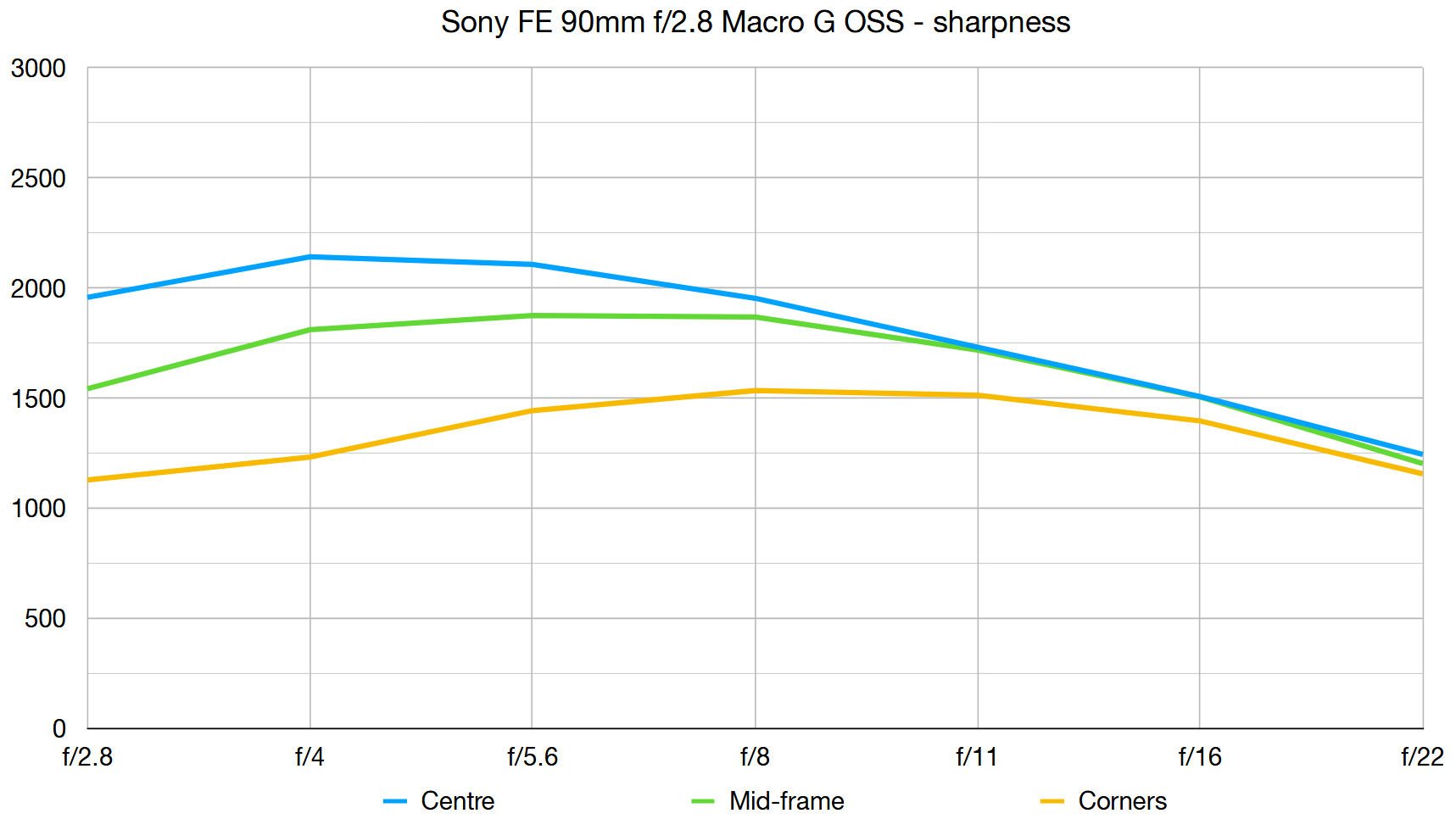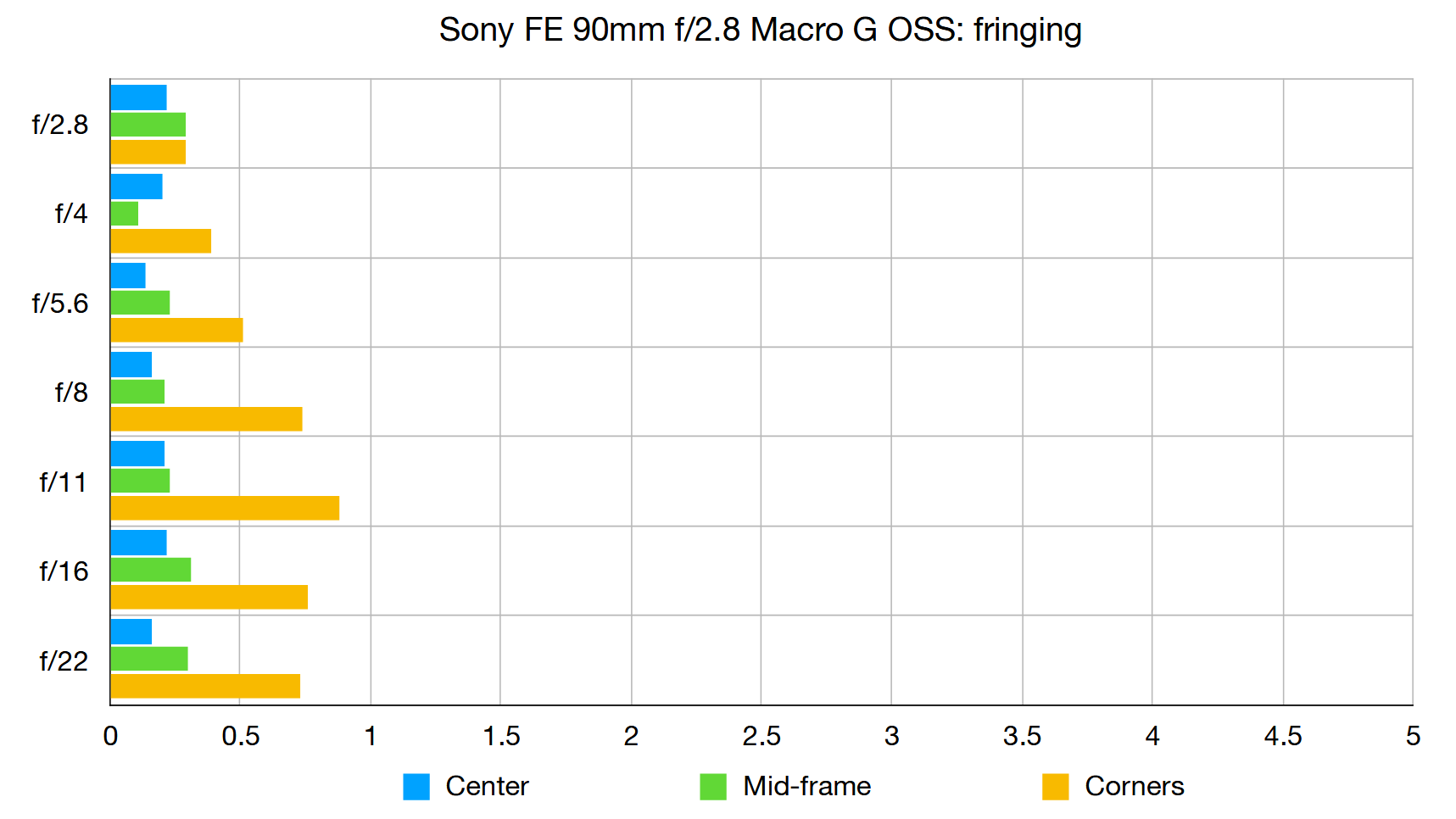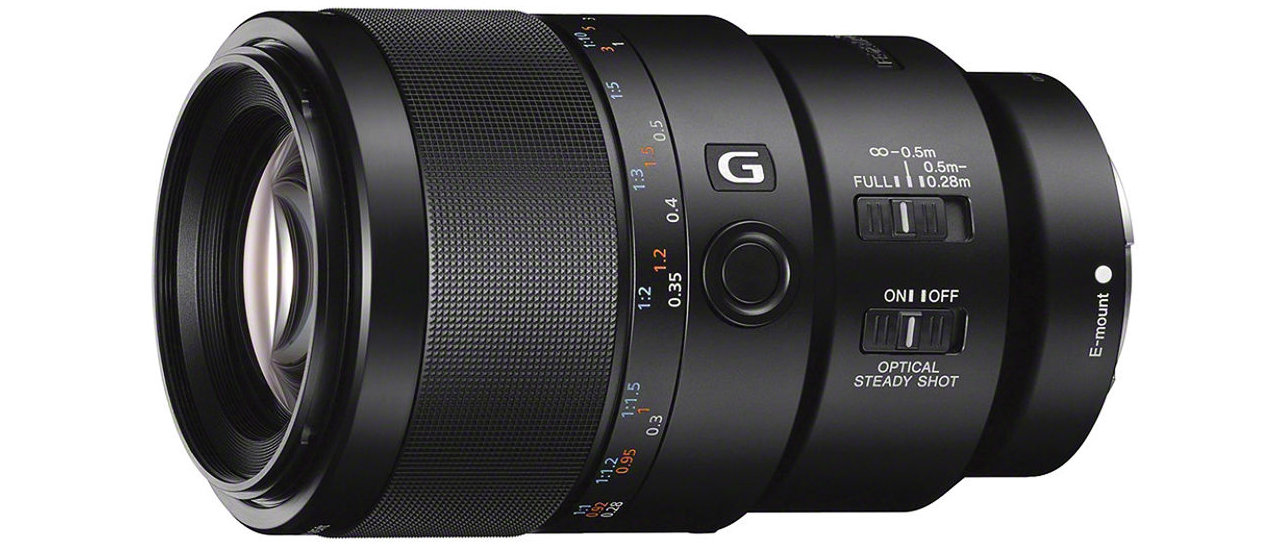Digital Camera World Verdict
The 90mm focal length and push-pull control ring for auto/manual focusing have been seen in macro lenses dating back to era of 35mm film. The Sony successfully combines something old with something new, adding a high-tech autofocus system, optical image stabilizer and a customizable AF-hold button. It’s an excellent lens that’s capable of superb results.
Pros
- +
Highly accurate autofocus
- +
Customizable focus hold button
- +
Push-pull focus ring
Cons
- -
Lackluster stabilization for full macro
- -
Fairly expensive for its class
Why you can trust Digital Camera World
The Sony FE 90mm f/2.8 Macro G OSS follows tradition, in that 90mm has long been a favored focal length for macro shooting. It enables a comfortable and natural shooting distance at the minimum focus distance, which delivers full 1.0x or 1:1 magnification. Small objects are therefore reproduced at full life size on the image sensor, enabling massive enlargement when viewing shots on screen or in print.
Specifications
Mount: Sony E (FE)
Sony product code: SEL90M28G
Full frame: Yes
Autofocus: Yes
Image stabilization: Yes
Lens construction: 15 elements in 11 groups
Angle of view: degrees
Diaphragm blades: 9
Minimum aperture: f/22
Minimum focusing distance: 0.28m
Maximum magnification ratio: 1.0x
Filter size: 62mm
Dimensions: 79x131mm
Weight: 602g
Key features
This Sony macro lens has a pretty impressive feature list. Autofocus is driven by a DDSSM (Direct Drive Super Sonic wave Motor) that’s quick, quiet and highly accurate even for extreme close-ups. Switching between auto and manual focusing, the latter often being preferred in macro shooting, you just need to snap the control ring backwards or forwards - a trick often used in Tokina lenses amongst others.
There’s also a customizable AF hold button and switches for optical stabilization on/off and autofocus range limiting, with which you can lock out either the short or the long end of the total travel. Focusing is fully internal, so the physical length of the lens doesn’t extend at short focus distance. This avoids the risk of the front of the lens casting a shadow over the subject in macro photography.
Optical finery includes an aspherical lens element, an ED (Extra-low Dispersion) element and a Super ED element. Everything’s wrapped up in a robust, weather-resistant casing and high-tech Nano AR Coating is applied to minimize ghosting and flare.
Performance
Autofocus lives up to its billing in terms of speed and accuracy. The OSS (Optical SteadyShot) system works well in general shooting but is relatively ineffective in macro photography, especially compared with the ‘hybrid’ stabilizers featured in most recent Canon macro lenses, which correct for X-Y shift as well as the usual angular vibration. Image quality is very good in all respects.
Lab results
We run a range of lab tests under controlled conditions, using the Imatest Master testing suite. Photos of test charts are taken across the range of apertures and zooms (where available), then analyzed for sharpness, distortion and chromatic aberrations.
We use Imatest SFR (spatial frequency response) charts and analysis software to plot lens resolution at the center of the image frame, corners and mid-point distances, across the range of aperture settings and, with zoom lenses, at four different focal lengths. The tests also measure distortion and color fringing (chromatic aberration).
Sharpness:

Centre-sharpness is excellent even wide-open at f/2.8, and the edges and corners catch up nicely when stopping down a little. More importantly for a macro lens, sharpness remains very good at narrow apertures, often required to get more than a tiny depth of field.
Fringing:

Color fringing is absolutely negligible even at the edges and corners of the image frame at wide to medium apertures, and is still quite minimal at narrow apertures.
Distortion: -0.47
It’s not a distortion-free lens, as there’s a hint of barrel. However, in-camera correction is available and only really needed in critical shots that demand absolute uniformity.
Verdict
The 90mm focal length and push-pull control ring for auto/manual focusing have been seen in macro lenses dating back to era of 35mm film. The Sony successfully combines something old with something new, adding a high-tech autofocus system, optical image stabilizer and a customizable AF-hold button. It’s an excellent lens that’s capable of superb results.
Read more:
• Best camera lenses to get
• Best Canon lenses
• Best Nikon lenses
• Best Sony lenses
Matthew Richards is a photographer and journalist who has spent years using and reviewing all manner of photo gear. He is Digital Camera World's principal lens reviewer – and has tested more primes and zooms than most people have had hot dinners!
His expertise with equipment doesn’t end there, though. He is also an encyclopedia when it comes to all manner of cameras, camera holsters and bags, flashguns, tripods and heads, printers, papers and inks, and just about anything imaging-related.
In an earlier life he was a broadcast engineer at the BBC, as well as a former editor of PC Guide.


